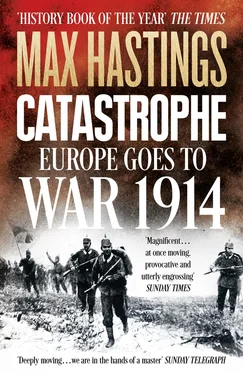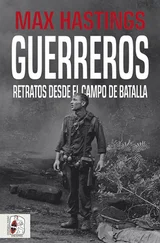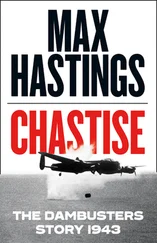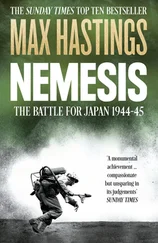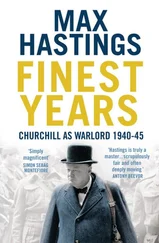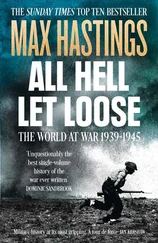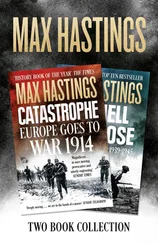A family flees a battlefield (Mirrorpix)
British soldiers in Belgium, winter 1914 (K.W. Brewster/The Liddle Collection/Leeds University Library. Photograph LC GS 0195)
While every effort has been made to trace the copyright holders of photographs, in some cases this has not proved possible. The author and publishers would welcome any information that would enable such omissions to be rectified in future editions.
Author’s note: The movements of the vast armies in 1914 were so complex that it is almost impossible to depict them cartographically in detail. In these maps I have striven for clarity for non-specialist readers, for instance by omitting divisional numbers except where essential. They are generally based upon the maps in Arthur Banks’s A Military Atlas of the First World War (Heinemann, 1975).
Rival concentrations on the Western Front, August 1914
Serbia, 1914
Frontier battles in Lorraine, 10–28 August 1914
The German advance through Belgium, August 1914
The Battle of Mons, 23 August 1914
The British at Le Cateau, 26 August 1914
The allied retirement, 23 August–6 September 1914
A View of the Eastern Front
The Russian advance into East Prussia
The Battle of Tannenberg, 24–29 August 1914: the pre-battle situation
The Battle of Tannenberg: the final act
German advance, 17 August–5 September 1914
The Battle of the Marne, 5–6 September 1914
The Battle of the Marne, 7–8 September 1914
The Battle of the Marne, 9 September 1914
The German armies in retreat towards the Aisne
The Galician theatre
The allied withdrawal to the Yser–Lys position, 9–15 October 1914
The First Battle of Ypres: the first moves
The First Battle of Ypres: final positions
Approximate positions on the Eastern and Western Fronts, December 1914
As commandant of the British Army’s staff college in 1910, Brigadier-General Henry Wilson asserted the likelihood of a European war, and argued that Britain’s only prudent option was to ally itself with France against the Germans. A student ventured to argue, saying that only ‘inconceivable stupidity on the part of statesmen’ could precipitate a general conflagration. This provoked Wilson’s derision: ‘Haw! Haw! Haw!!! Inconceivable stupidity is just what you’re going to get.’
‘We are readying ourselves to enter a long tunnel full of blood and darkness’ ANDRÉ GIDE, 28 July 1914
A bantering Russian foreign ministry official said to the British military attaché on 16 August: ‘You soldiers ought to be very pleased that we have arranged such a nice war for you.’ The officer answered: ‘We must wait and see whether it will be such a nice war after all.’
Winston Churchill wrote afterwards: ‘No part of the Great War compares in interest with its opening. The measured, silent drawing together of gigantic forces, the uncertainty of their movements and positions, the number of unknown and unknowable facts made the first collision a drama never surpassed. Nor was there any other period in the War when the general battle was waged on so great a scale, when the slaughter was so swift or the stakes so high. Moreover, in the beginning our faculties of wonder, horror and excitement had not been cauterized and deadened by the furnace fires of years.’ All this was so, though few of Churchill’s fellow participants in those vast events embraced them with such eager appetite.
In our own twenty-first century, the popular vision of the war is dominated by images of trenches, mud, wire and poets. It is widely supposed that the first day of the 1916 Battle of the Somme was the bloodiest of the entire conflict. This is not so. In August 1914 the French army, advancing under brilliant sunshine across a virgin pastoral landscape, in dense masses clad in blue overcoats and red trousers, led by officers riding chargers, with colours flying and bands playing, fought battles utterly unlike those that came later, and at even more terrible daily cost. Though French losses are disputed, the best estimates suggest that they suffered well over a million casualties fn1in 1914’s five months of war, including 329,000 dead. One soldier whose company entered its first battle with eighty-two men had just three left alive and unwounded by the end of August.
The Germans suffered 800,000 casualties in the same period, including three times as many dead as during the entire Franco-Prussian War. This also represented a higher rate of loss than at any later period of the war. The British in August fought two actions, at Mons and Le Cateau, which entered their national legend. In October their small force was plunged into the three-week nightmare of the First Battle of Ypres. The line was narrowly held, with a larger French and Belgian contribution than chauvinists acknowledge, but much of the old British Army reposes forever in the region’s cemeteries: four times as many soldiers of the King perished in 1914 as during the three years of the Boer War. Meanwhile in the East, within weeks of abandoning their harvest fields, shops and lathes, newly mobilised Russian, Austrian and German soldiers met in huge clashes; tiny Serbia inflicted a succession of defeats on the Austrians which left the Hapsburg Empire reeling, having by Christmas suffered 1.27 million casualties at Serb and Russian hands, amounting to one in three of its soldiers mobilised.
Many books about 1914 confine themselves either to describing the political and diplomatic maelstrom from which the armies flooded forth in August, or to providing a military narrative. I have attempted to draw together these strands, to offer readers some answers, at least, to the enormous question: ‘What happened to Europe in 1914?’ Early chapters describe how the war began. Thereafter, I have traced what followed on the battlefields and behind them until, as winter closed in, the struggle lapsed into stalemate, and attained the military character that it retained, in large measure, until the last phase in 1918. Christmas 1914 is an arbitrary point of closure, but I would cite Winston Churchill’s remarks above, arguing that the opening phase of the conflict had a unique character which justifies examining it in isolation. My concluding chapter offers some wider reflections.
The outbreak has been justly described as the most complex series of happenings in history, much more difficult to comprehend and explain than the Russian Revolution, the onset of World War II or the Cuban missile crisis. This part of the story is inevitably that of the statesmen and generals who willed it, of the rival manoeuvres of the Triple Alliance – Germany and Austria-Hungary with Italy as a non-playing member – against the Triple Entente of Russia, France and Britain.
In today’s Britain, there is a widespread belief that the war was so horrendous that the merits of the rival belligerents’ causes scarcely matter – the Blackadder take on history, if you like. This seems mistaken, even if one does not entirely share Cicero’s view that the causes of events are more important than the events themselves. That wise historian Kenneth O. Morgan, neither a conservative nor a revisionist, delivered a 1996 lecture about the cultural legacy of the twentieth century’s two global disasters, in which he argued that ‘the history of the First World War was hijacked in the 1920s by the critics’. Foremost among these was Maynard Keynes, an impassioned German sympathiser who castigated the supposed injustice and folly of the 1919 Versailles Treaty, without offering a moment’s speculation about what sort of peace Europe would have had if a victorious Kaiserreich and its allies had been making it. The contrast is striking, and wildly overdone, between the revulsion of the British people following World War I, and their triumphalism after 1945. I am among those who reject the notion that the conflict of 1914–18 belonged to a different moral order from that of 1939–45. If Britain had stood aside while the Central Powers prevailed on the continent, its interests would have been directly threatened by a Germany whose appetite for dominance would assuredly have been enlarged by victory.
Читать дальше
